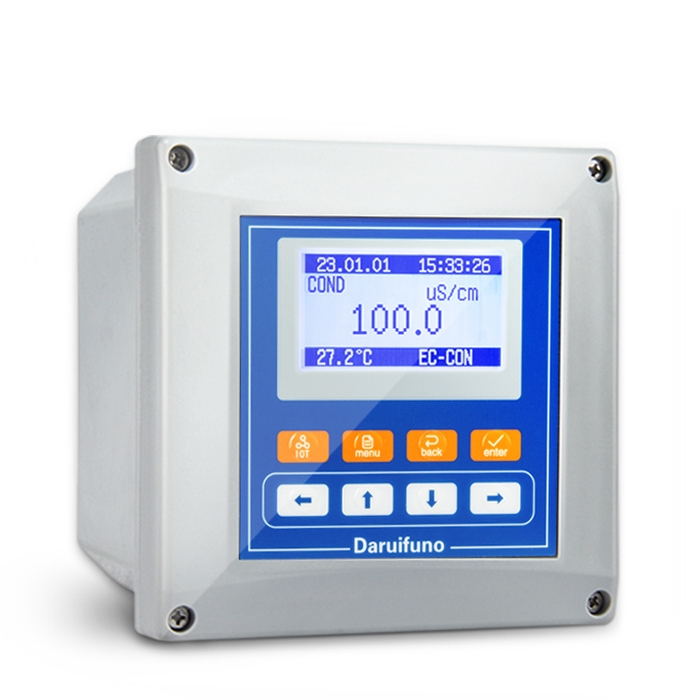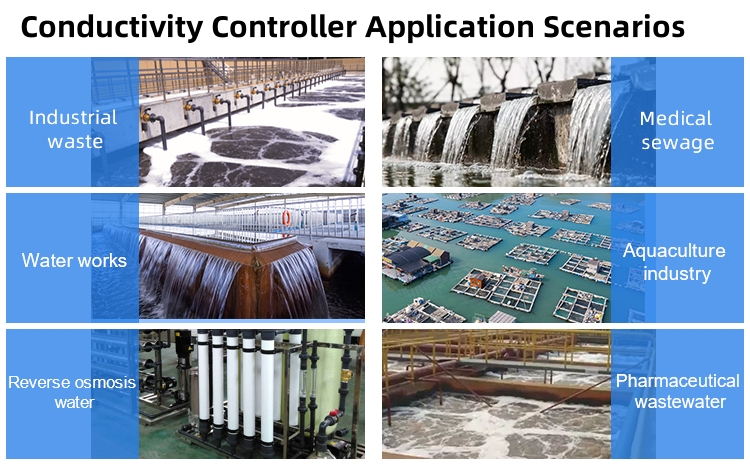Titanium is a light, off-white metal with a density of 4.54 g/cm³, placing it between aluminum and iron. It has a high melting point of approximately 1668°C, which is even higher than that of iron. Additionally, titanium exhibits a low thermal expansion coefficient and poor thermal conductivity, making it suitable for applications where dimensional stability is important.
Pure titanium is known for its good plasticity and ease of processing, allowing it to be formed into wires and sheets. However, its strength is relatively low. In contrast, titanium alloys can achieve very high strength, reaching up to 1400 MPa, comparable to some high-strength alloy steels. These alloys also maintain excellent mechanical properties at low temperatures. Titanium demonstrates remarkable corrosion resistance in both atmospheric conditions and seawater, as well as in various acidic environments such as sulfuric acid, hydrochloric acid, nitric acid, and sodium hypochlorite. Its oxidation resistance is superior to most austenitic stainless steels.
One unique characteristic of titanium is its allotropic transformation in the solid state. At temperatures below 882.5°C, titanium exists in a hexagonal close-packed structure, known as α-titanium. Above this temperature, it transforms into a body-centered cubic structure called β-titanium. This α-β transformation plays a crucial role in strengthening the material through heat treatment processes.
Industrial pure titanium contains trace amounts of impurities such as hydrogen, carbon, oxygen, iron, and magnesium. While small quantities of these elements can significantly increase the strength and hardness of titanium, they also reduce its ductility and toughness. Based on impurity content, industrial pure titanium is categorized into grades such as TA1, TA2, and TA3. The higher the grade number, the more impurities are present, and the material is typically used in applications operating below 350°C where high strength is not required.
Alloying elements can dissolve into either the α or β phase of titanium, forming solid solutions. Elements like aluminum, carbon, nitrogen, and boron raise the α-β transformation temperature, acting as α-stabilizers. On the other hand, elements such as iron, molybdenum, magnesium, chromium, manganese, and vanadium lower the transformation temperature, making them β-stabilizers. Elements like tin and zirconium have little effect on the transformation temperature and are considered neutral.
Titanium alloys are classified based on their microstructure after annealing into three main types: α-titanium alloys, β-titanium alloys, and (α+β) titanium alloys. They are designated as TA, TB, and TC grades, respectively. Each type has specific uses depending on its mechanical properties. For example, α-titanium alloys, such as those containing aluminum and boron, have lower room temperature strength compared to β or (α+β) alloys but exhibit better high-temperature strength (500–600°C), along with good oxidation and creep resistance. These alloys are not strengthened by quenching and rely mainly on solid solution strengthening, with heat treatment focusing on stress relief or recrystallization.
A common example of a titanium alloy is TA7, composed of Ti-5Al-2.5Sn. It is typically used in applications where the operating temperature does not exceed 500°C, such as in missile fuel tanks and supersonic aircraft turbine components.
Digital Conductivity Controller
Digital Conductivity Controller (transmitter) is an advanced device designed for digital online monitoring and control of solution conductivity. It ensures optimal water quality in a variety of applications.
Understanding Conductivity and Its Importance in Water Quality
Conductivity is the ability of a solution to conduct electrical current, directly linked to the concentration of ions within the liquid. Monitoring conductivity is critical in water treatment, chemical processing, and environmental management, as it provides insights into the electrolyte content and ion concentration of solutions.
Why Monitor Conductivity?
Conductivity monitoring is essential to ensure water quality and maintain process efficiency. It helps:
- Control the purity of water in water treatment facilities.
- Optimize electrolyte levels in industrial processes like electroplating.
- Evaluate chemical reactions by measuring solution conductivity.
- Monitor environmental changes and assess water pollution levels.
Key Features
Digital Conductivity Controllers are equipped with cutting-edge features, including:
- Support for digital conductivity sensors for enhanced functionality.
- Multiple installation options: wall-mounted, panel-mounted, or pipe-mounted.
- Integrated data recording with storage for 10,000 historical entries.
- Automatic electrode recognition for seamless operation.
- Versatile output options, including 4-20mA currents and RS485 interfaces.
Applications
These controllers are versatile tools used across various industries:
- Electroplating Industry: Controls electrolyte concentration to ensure high-quality plating.
- Water Treatment: Ensures water meets desired purity standards.
- Chemical Industry: Optimizes reaction conditions by monitoring solution conductivity.
- Environmental Monitoring: Tracks water quality changes and detects pollution levels.
Conclusion
As a trusted manufacturer specializing in Digital Conductivity Controllers and Transmitters, Daruifuno provides innovative solutions for diverse water quality applications. Our products are designed to deliver precision, reliability, and ease of use, meeting the evolving needs of industries worldwide. Contact us today to learn how we can enhance your water quality monitoring efforts.
Digital Conductivity Controller,Digital Conductivity Transmitter
Suzhou Delfino Environmental Technology Co., Ltd. , https://www.daruifuno.com


